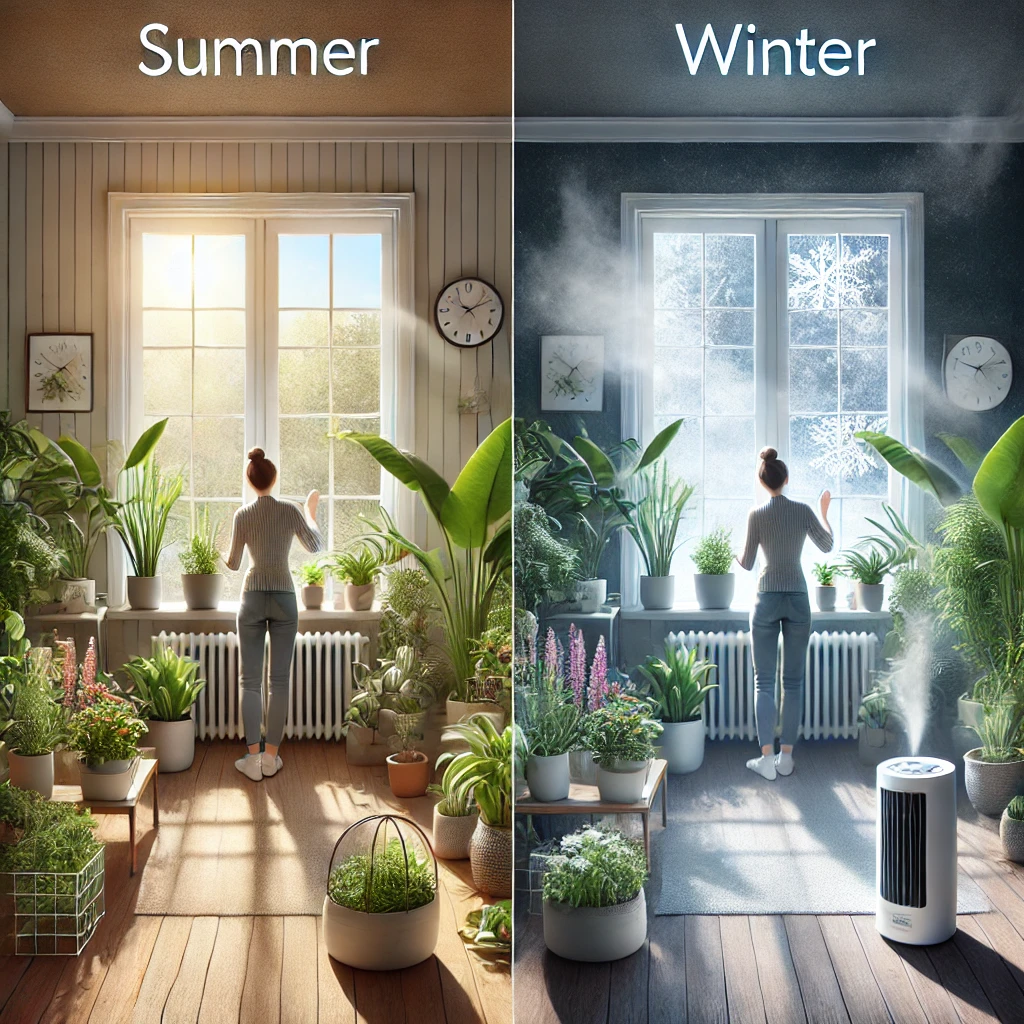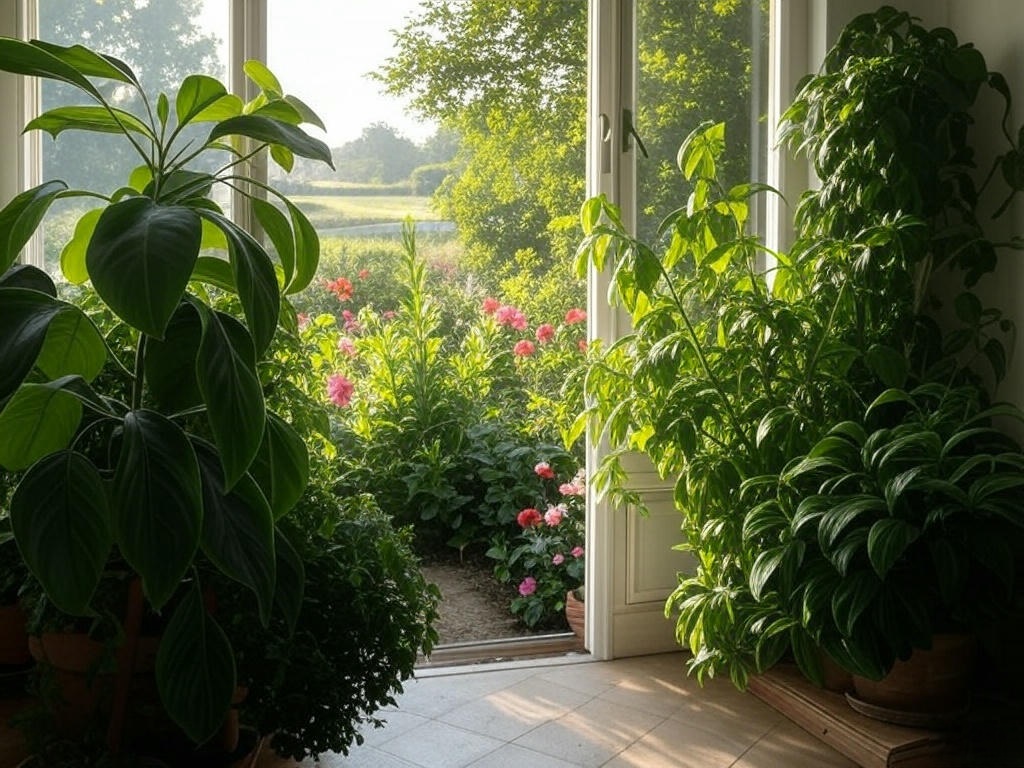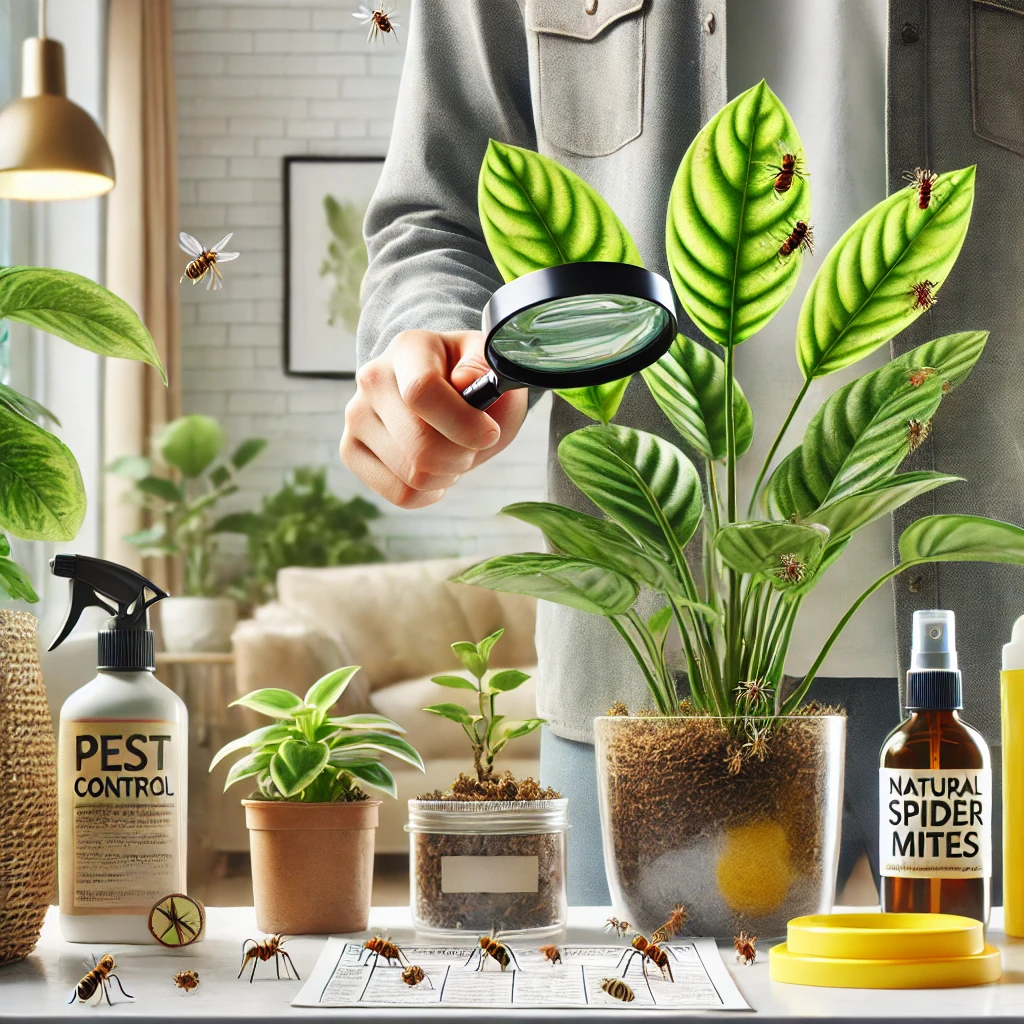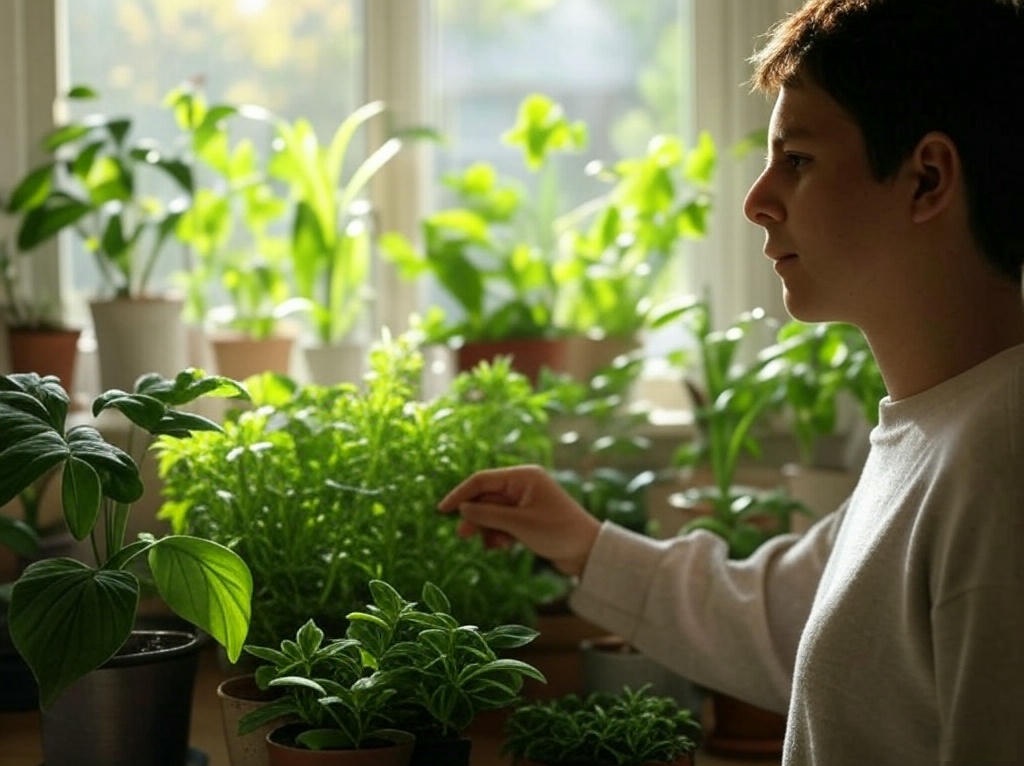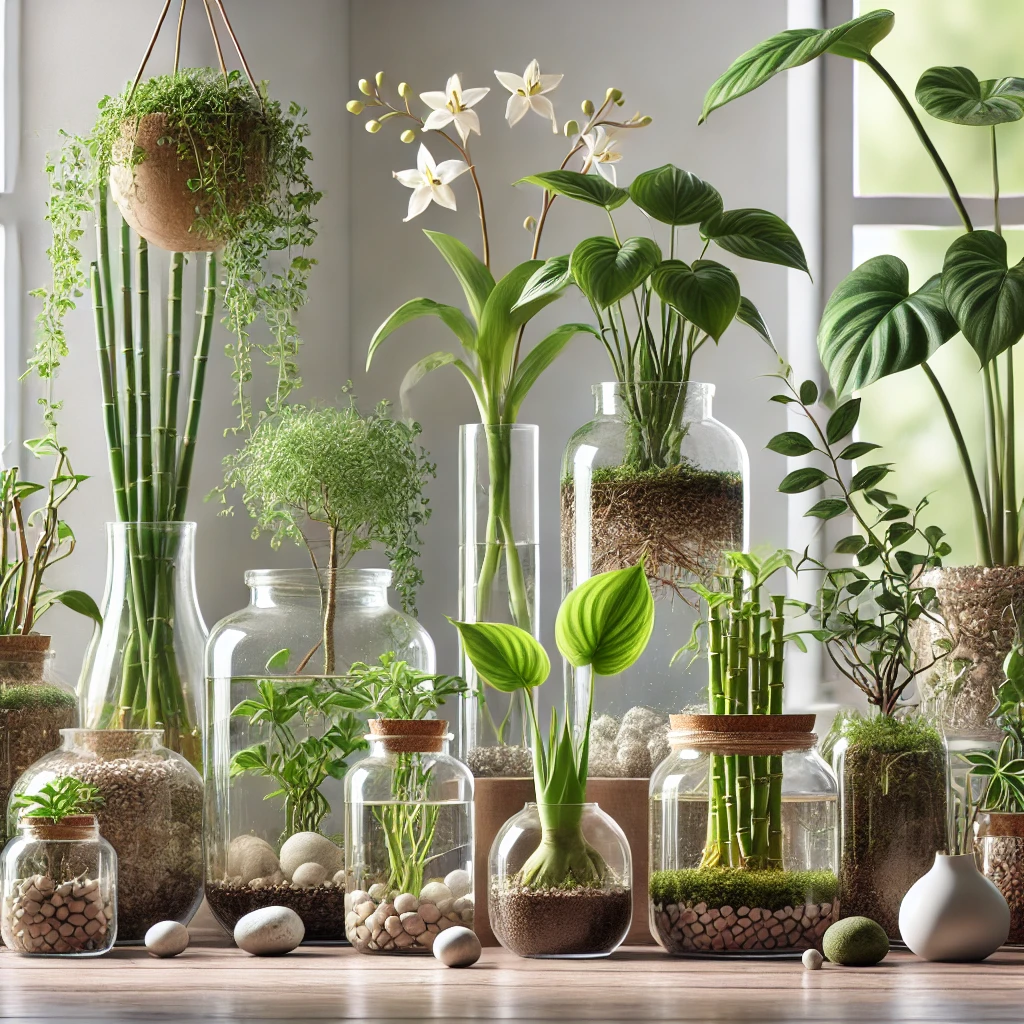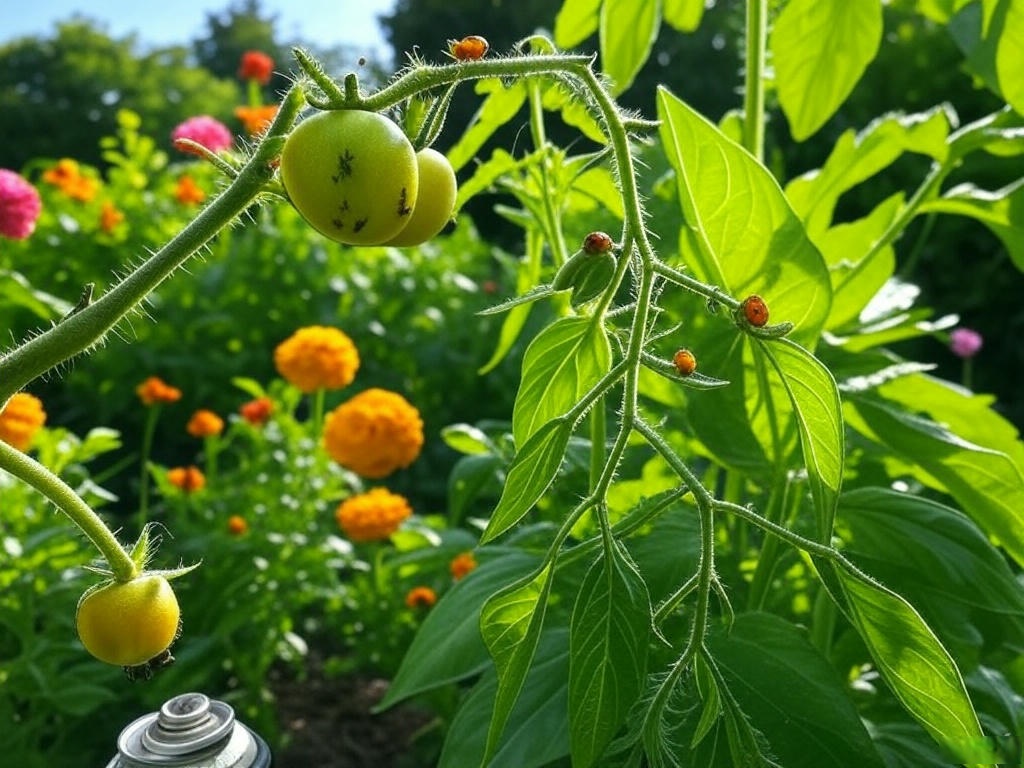How to Transition Your Plants from Indoor to Outdoor Environments: Expert Tips for Success
Moving your indoor plants outside is an exciting step, but it can also be tricky. Plants that have spent months in a controlled indoor environment need careful acclimatization to survive and thrive outdoors. Here are some expert tips that go beyond the basics to ensure your plants make a smooth transition and flourish in their new environment.
1. Check Plant-Specific Temperature Tolerance
While many plants can handle warmer weather, not all are suited for sudden outdoor exposure, especially if temperatures fluctuate. Some plants, like tropical varieties, are more sensitive to cold. Use a soil thermometer or monitor your local weather to ensure temperatures are consistently above the plant’s tolerance range. If temperatures drop below 50°F (10°C) at night, consider waiting until it’s warmer or moving them inside temporarily during cooler nights.
2. Use a “Shading Transition” Method
A common mistake when transitioning plants is putting them directly in the sun. This can lead to sunburn, especially if they’ve been in low-light indoor environments. To prevent this, place your plants in a shaded area for the first week or two. A good method is to use sheer curtains or a mesh cloth to provide partial shade. Slowly increase their exposure to direct sunlight over the course of several days. This helps your plants gradually build up tolerance without causing damage.
3. Test the Wind Exposure Gradually
Wind can be one of the biggest stressors for plants moving outdoors, particularly those that have been indoors, where there’s little air movement. Begin by placing your plants in a sheltered area, such as near a fence, wall, or under a tree. After a week or so, move them to a spot with more wind exposure, increasing their tolerance. This gradual process will prevent wind burn and help your plants strengthen their stems.
4. Fertilize Lightly Before the Move
A little boost of nutrients before moving your plants outside can help them transition successfully. Opt for a balanced, slow-release fertilizer a few weeks before the move. Over-fertilizing right before or after the transition can overwhelm the plants and cause stress. Instead, use a diluted, water-soluble fertilizer once they are outside and settled into their new environment.
5. Repot if Necessary
If your plants have outgrown their pots or their soil has become compacted, now is a good time to repot them. Choose a container that’s large enough to allow room for roots to grow and has proper drainage. Use a mix designed for outdoor plants to provide the right nutrients and drainage. This is especially important for container plants that will be outside for an extended period.
6. Invest in a Temporary Plant “Greenhouse”
For an extra layer of protection, consider using a portable mini greenhouse or plant tent during the first few weeks of transition. These setups shield your plants from harsh weather, pests, and temperature extremes. They also create a humid environment that helps plants adjust to their new outdoor habitat, especially useful for tropical plants. Once the plants are acclimated, you can gradually remove the greenhouse.
7. Mind the Soil pH
Different plants thrive in different soil types. Before planting in the ground, it’s important to check the pH and texture of the soil. Some plants, like azaleas, prefer acidic soil, while others, like lavender, prefer alkaline soil. A simple soil test kit can help you determine the pH and adjust accordingly by adding amendments such as compost or lime to optimize your plants’ growth.
8. Keep an Eye on Watering Needs
Plants require different watering amounts based on their environment. Outdoor conditions like wind, heat, and sun exposure can dry the soil out much faster than indoors. After transitioning, check the soil daily and water as needed, but don’t overdo it—root rot is a risk if the soil stays soggy. A good practice is to water deeply once a week, but always check the soil’s moisture before watering again. Adding mulch around the base of your plants can help retain moisture, especially during warmer months.
9. Protect Against Pests Early
The outdoor world is full of potential threats to your plants. Anticipate pest issues before they arise. Apply an organic insecticidal soap or neem oil to the leaves and stems of your plants about a week after placing them outside. Repeat the treatment every two weeks or after heavy rain. Keep an eye out for common pests like aphids, spider mites, and caterpillars. Remove pests by hand if necessary, especially in the early stages when populations are small.
10. Stay Flexible with Placement
The environment outside can change rapidly. If your plants start to show signs of stress—such as yellowing leaves, wilting, or burnt tips—don’t hesitate to move them. Sometimes, a plant just needs more or less sunlight, or a better-protected spot from wind. Keep monitoring them closely, especially in the first few weeks, and adjust their placement accordingly.
11. Acclimate to Rain
Sudden exposure to rain can be overwhelming for indoor plants, particularly those sensitive to waterlogged roots. When moving your plants outside, check the forecast for any upcoming rainstorms. If rain is expected, move your plants to a sheltered area or temporarily use a tarp to protect them. Gradually, they will adjust and be able to handle rainfall without issue.
